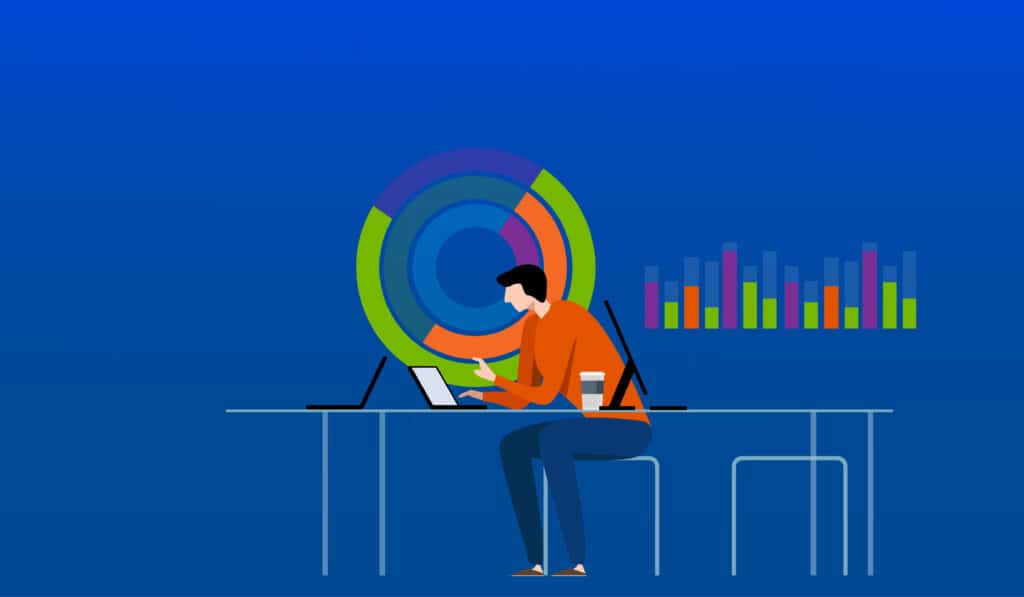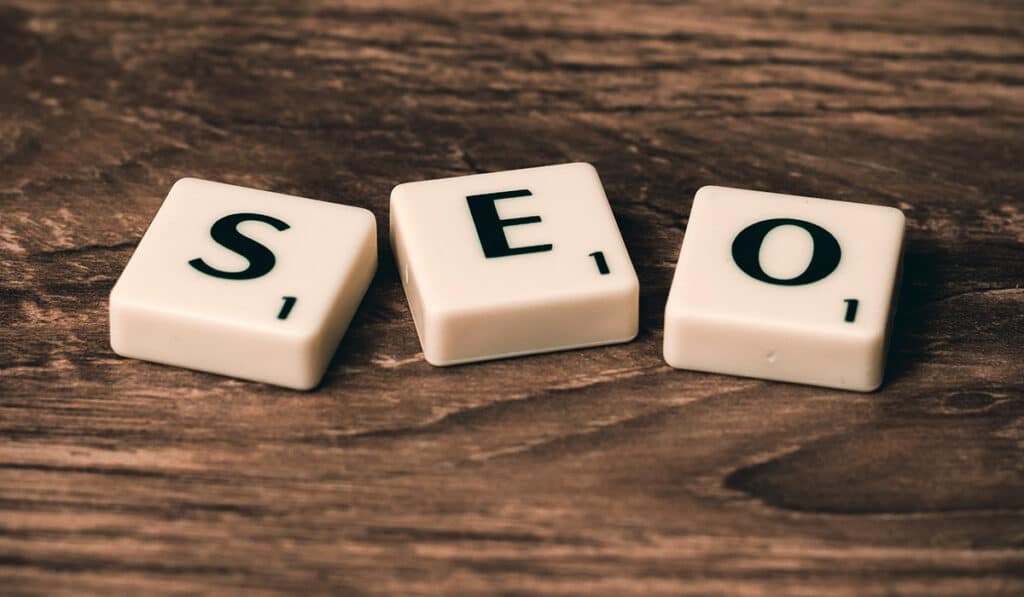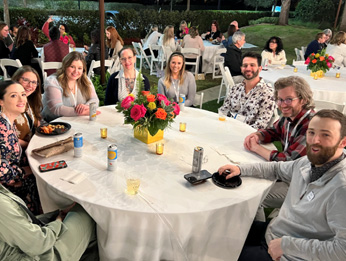Not so long ago we learned how to “Google it” to learn anything we wanted to know. It was a rapid rise to freedom of information and instant knowledge.
Over the years since then there have been shifts in the Google landscape. Many people who wouldn’t even THINK of themselves as technical by nature have taken up conversations about the mysterious Google algorithms and the secret sauce to getting to the top of their search pages.
Numerous studies have been conducted that look at how we, as search engine users, relate to the search results presented by Google. According to a recent report from Mediative, the way people engage with the search engine result pages (SERPs) has changed significantly over the past decade.
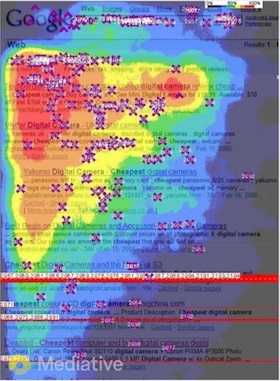
-
2005
In 2005 they conducted a study using eye tracking and found that users tended to focus their gaze on the top-left corner of a SERP where the first result was usually displayed. This area became known as the “Golden Triangle.” Look at the heat mapped image of the 2005 study, you can see for yourself that the area in that upper left corner was the focus of attention for most participants.
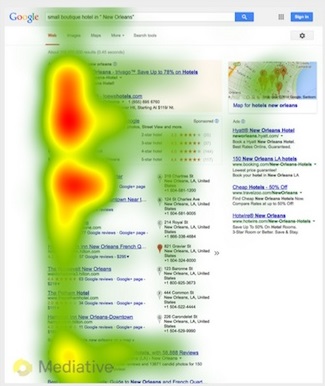
-
2014
Today, the Golden Triangle has all but disappeared. A look at the 2014 results demonstrate how strikingly different behaviors are from those observed a decade ago. Users tend to scan down the page more now and vary their focus on other areas depending on their particular search. The 2014 heat map image indicates a much broader area of observation.
This change in behavior is partially the result of changes Google has made to its SERPs along with the impact of our increased use of mobile devices. Consumers have become conditioned to scan vertically more than horizontally.
Back in 2005, the most relevant results were nearly always in the upper-left corner of the page. Google has introduced a number of new elements since then including the Knowledge Graph, Carousel, and Local Listings among others.
The study reveals some interesting details:
- Users now tend to scan pages more quickly. In 2005, searchers spent just under 2 seconds viewing each listing; in 2014 that has dropped to 1.17 seconds.
- The impact of a Knowledge Graph result varied significantly depending on whether or not the answer was relevant. Participants often skipped irrelevant Knowledge Graph results and went straight to the listings below them. However, if a Knowledge Graph result was relevant, it drew away a significant amount of attention from the subsequent listings.
- Google’s Carousel—an image strip at the top of the page accompanied by other information such as ratings—had much less of an impact on the searchers results than did Knowledge Graph.
But, the most interesting details to emerge are these:
- The highest placed organic result still garners roughly the same amount of click activity (32.8%) as in 2005. However, with the addition of the new page elements, the top search result is not viewed for as long, or by as many people.
- Organic results positioned in the 2nd through 4th slots now receive a significantly higher share of clicks than they did in 2005.
Overall this means good news for smaller businesses in competitive markets. Search has evolved to allow for consumers’ attention to include more than just the highest position. The spots from 4th on up are seeing 30% more attention today than was the case in 2005 (see the chart). The coveted top spot is still the master of the page, but as consumers come to realize their needs are often broader than the largest or most invested participants. Those who make the “above the fold” group in the first five spots on page one will see their efforts rewarded.
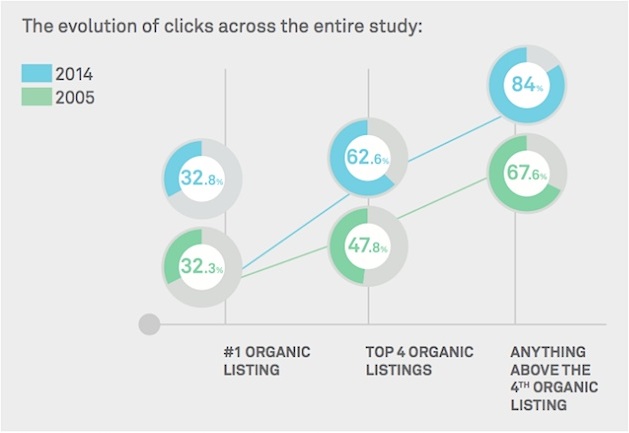
-
Clicks are evolving. The top 4 slots have improved 30% since 2005.

